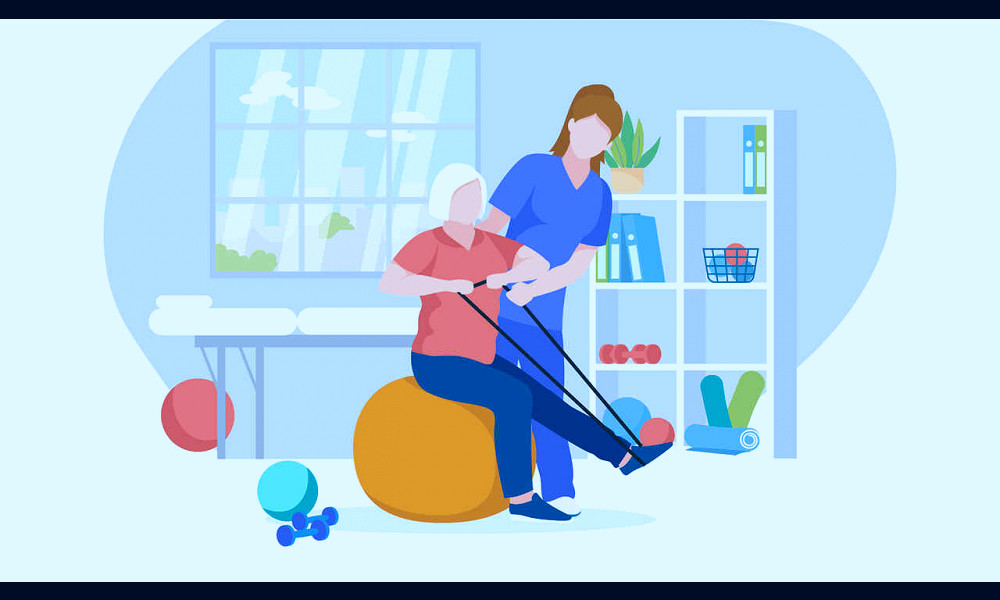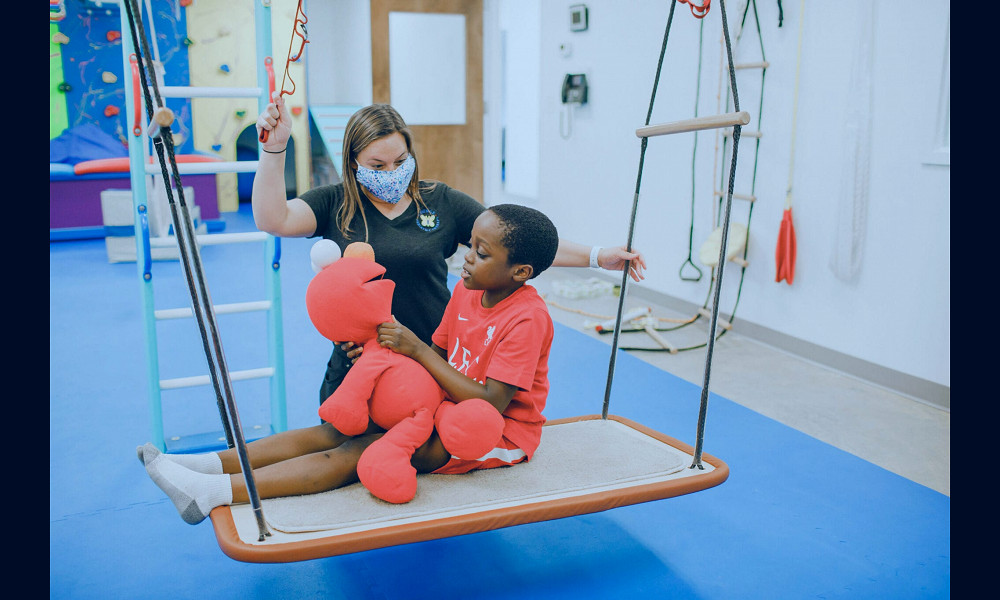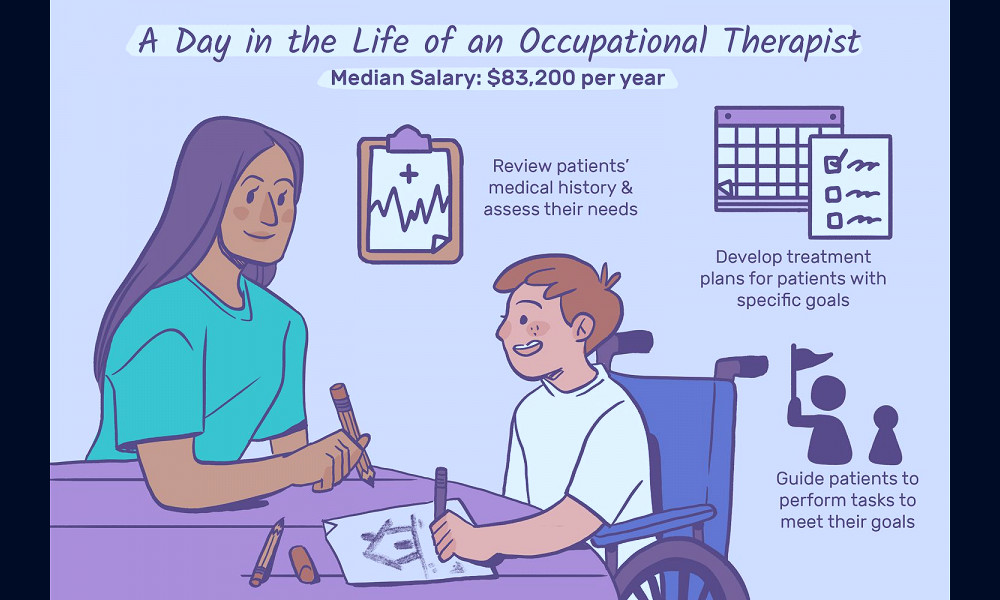
Unlock Your Potential: Choosing Occupational Therapy for a Better Life
Occupational therapy is a life-enhancing healthcare profession that empowers people to overcome physical, mental, or emotional challenges and live independently. It offers personalized therapeutic interventions to improve one's ability to carry out daily activities, such as self-care, work, or leisure. Whether it's a child with disabilities participating in school, a person recovering from an injury, or an elderly individual facing age-related issues, occupational therapy helps them achieve their maximum functional potential and improve their quality of life.
| Type | Healthcare Service |
| Purpose | Improve and Maintain Daily Living and Work Skills |
| Target Group | Individuals of All Ages |
| Focus Areas | Physical, Mental Health, and Developmental Conditions |
| Treatment Techniques | Therapeutic Use of Everyday Activities (Occupations) |
| Tools Used | Comprehensive Evaluations, Customized Intervention Programs, Outcome Evaluations. |
| Scope of Service | Individual, Group or Population-Based |
| Common Conditions Treated | Autism, Cerebral Palsy, Alzheimer's Disease, Parkinson's Disease, Stroke, Arthritis, Mental Health Disorders, etc. |
| Service Delivery Settings | Hospitals, Clinics, Schools, Workplaces, Home Environments. |
| Professional Requirements | Licensed Occupational Therapist |
| Professional Association | American Occupational Therapy Association (AOTA) |
| Training/Education | Master's or Doctorate in Occupational Therapy. |
Understanding Occupational Therapy
Occupational therapy is a client-centered health profession that helps people of all ages to better perform everyday activities. This can range from assisting children with disabilities participate in school and social situations to helping adults recover from injury to regain skills or providing support for older adults experiencing physical and cognitive changes. Read more
The Role of an Occupational Therapist
Occupational therapists use a holistic approach to patient care, which means they consider the whole person, not just the physical aspects of a person's health. They are experts in assessing how the patient's health problems will affect their ability to do their jobs, take care of themselves, and engage in other everyday activities. Read more
The Benefits of Occupational Therapy
Through occupational therapy, individuals learn to perform tasks in a way that doesn't exacerbate their condition. This can reduce pain, prevent injuries, and increase the ability to perform daily tasks. It may also improve quality of life, reduce hospitalizations, and decrease healthcare costs. Read more
Who Can Benefit from Occupational Therapy
Occupational therapy can help individuals with various needs improve their cognitive, physical, sensory, and motor skills and enhance their self-esteem and sense of accomplishment. This could be anyone from an older adult experiencing physical and cognitive changes, a child with disabilities, or anyone recovering from an injury. Read more

Occupational Therapy Techniques
Occupational therapists use a variety of techniques to help improve a person’s ability to perform daily activities. This can include exercises to increase strength, range of motion, or endurance, or compensation strategies, such as teaching a person how to break a task down into simpler steps. Read more
The Occupational Therapy Process
Typically, an occupational therapist will begin with an individual evaluation, during which the client/family and occupational therapist determine the person’s goals. This is followed by a customized intervention to improve the person’s ability to perform daily activities and reach their goals. Read more
Choosing the Right Occupational Therapist
When selecting an occupational therapist, it's important to consider their credentials, experience, and areas of specialization. A good occupational therapist will be able to provide references, clearly communicate the plan of care, and demonstrate a strong understanding of your unique needs. Read more
Occupational Therapy and Insurance
Most health insurance plans, including Medicare, will cover occupational therapy services. It's always a good idea to check with your insurance provider to determine what is covered under your specific plan. Read more

The Difference Between Occupational Therapy and Physical Therapy
While there are similarities between occupational therapy and physical therapy, they are distinct disciplines. Physical therapy focuses on improving a patient's ability to perform movement of the human body, while occupational therapy focuses on improving a patient's ability to perform activities of daily living. Read more
The Future of Occupational Therapy
With an aging population and increasing need for therapeutic services in schools, hospitals, and outpatient care centers, the demand for occupational therapists is expected to grow. Therefore, choosing occupational therapy as a care solution, or even a career, is a future-proof decision. Read more
Facts
1. The Rich History of Occupational Therapy: Occupational therapy has a deep-rooted history dating back to the early 18th century. The profession was conceived during the moral treatment movement, a period when mental illness was treated with empathy and respect. The therapy's effectiveness during the World War I period catapulted it into mainstream healthcare services.2. A Client-Centered Approach: Occupational therapy is all about the individual. Therapists work diligently to understand their client's goals, lifestyle, and needs. This client-centered approach ensures that every treatment plan is uniquely designed to enable the client to live a satisfying and meaningful life.
3. The Scope of Occupational Therapy: Occupational therapy isn't just for adults. In fact, it caters to people of all ages, from infants to the elderly. Therapists help children with developmental disorders improve their cognitive and physical skills, while they assist seniors in maintaining their independence and quality of life.
4. Occupational Therapy and Mental Health: Occupational therapy plays a significant role in mental health. It helps individuals with mental health issues to participate in everyday activities, providing them a sense of accomplishment and purpose. It's an effective tool in managing stress, depression, and anxiety.
5. The Versatility of Occupational Therapy: Occupational therapy is versatile and diverse. It can be used for rehabilitating individuals with physical injuries, managing chronic conditions, improving mental health, and even in lifestyle modifications like diet and exercise.
6. The Extensive Training of Occupational Therapists: Occupational therapists are highly trained professionals. They undergo a rigorous course of study that includes biology, physiology, neuroscience, and kinesiology. After their academic preparation, they must complete fieldwork and pass a national examination to become licensed.
7. The Role of Occupational Therapy in Stroke Rehabilitation: Following a stroke, occupational therapists become essential members of the recovery team. They help stroke survivors relearn everyday activities like eating, dressing, and writing, which can dramatically improve their quality of life.
8. Occupational Therapy and Autism: Occupational therapy is a crucial component of comprehensive treatment for children with autism. Therapists help these children improve their social, cognitive, and motor skills, thereby enhancing their ability to interact with others and navigate the world around them.
9. The Impact of Occupational Therapy on Productivity: Occupational therapy can significantly improve an individual's productivity. Whether it's a student struggling to keep up in school, an employee dealing with a repetitive stress injury, or a senior trying to maintain their household, occupational therapy can provide the tools and strategies needed to succeed.
10. The Future of Occupational Therapy: The future of occupational therapy looks promising. With the growing recognition of its benefits in various fields like mental health, geriatrics, pediatrics, and even corporate wellness programs, the demand for occupational therapists is expected to rise in the coming years.
Read more
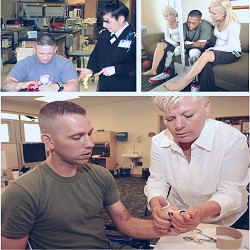 Occupational therapy - Wikipedia
Occupational therapy - Wikipedia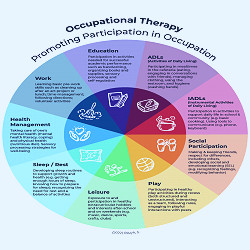 About Occupational Therapy - Every Moment Counts
About Occupational Therapy - Every Moment Counts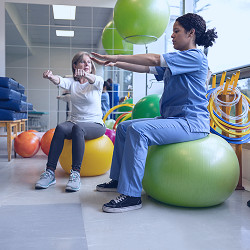 Doctor of Occupational Therapy (DrOT) | Saint Joseph's University
Doctor of Occupational Therapy (DrOT) | Saint Joseph's University How Occupational Therapy Helps Your Child | TherapylandTherapyland
How Occupational Therapy Helps Your Child | TherapylandTherapyland Pediatric Occupational Therapy | Children's Healthcare of Atlanta
Pediatric Occupational Therapy | Children's Healthcare of Atlanta Occupational Therapy: Who It Helps, What to Expect
Occupational Therapy: Who It Helps, What to Expect Occupational Therapy - NowWhat Support Services
Occupational Therapy - NowWhat Support Services Physical and Occupational Therapy: What are the Differences?
Physical and Occupational Therapy: What are the Differences?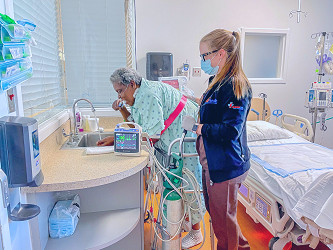 A Day in the Life of an ICU Occupational Therapist » Health Matters » UF Health Jacksonville » University of Florida
A Day in the Life of an ICU Occupational Therapist » Health Matters » UF Health Jacksonville » University of Florida Occupational Therapy | Salem Hospital | Mass General Brigham
Occupational Therapy | Salem Hospital | Mass General Brigham Occupational Therapy - Autism Society Inland Empire
Occupational Therapy - Autism Society Inland Empire Pediatric Occupational Therapy in Monroe, Ruston, LA
Pediatric Occupational Therapy in Monroe, Ruston, LA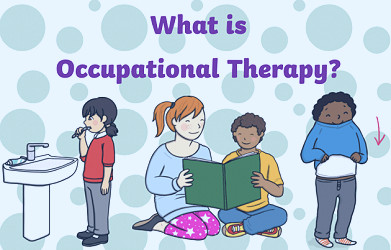 What is Occupational Therapy? What is an Occupational Therapist?
What is Occupational Therapy? What is an Occupational Therapist? Occupational Therapist - Career Rankings, Salary, Reviews and Advice | US News Best Jobs
Occupational Therapist - Career Rankings, Salary, Reviews and Advice | US News Best Jobs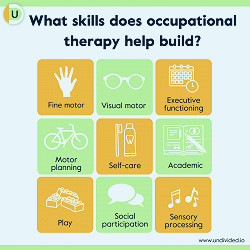 Undivided: What Is Occupational Therapy for Kids?
Undivided: What Is Occupational Therapy for Kids?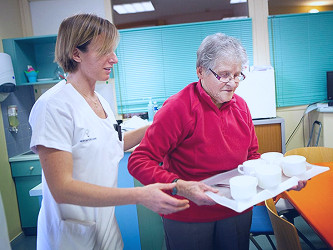 Occupational therapy: What it is, who it treats, and more
Occupational therapy: What it is, who it treats, and more The Differences between Physical and Occupational Therapy - Baton Rouge Clinic
The Differences between Physical and Occupational Therapy - Baton Rouge Clinic Where Do Occupational Therapists Work? - Baker College
Where Do Occupational Therapists Work? - Baker College Occupational Therapy - Nystrom & Associates
Occupational Therapy - Nystrom & Associates Pediatric Occupational Therapy - FUNdamentals and Building Blocks Therapy
Pediatric Occupational Therapy - FUNdamentals and Building Blocks Therapy 


